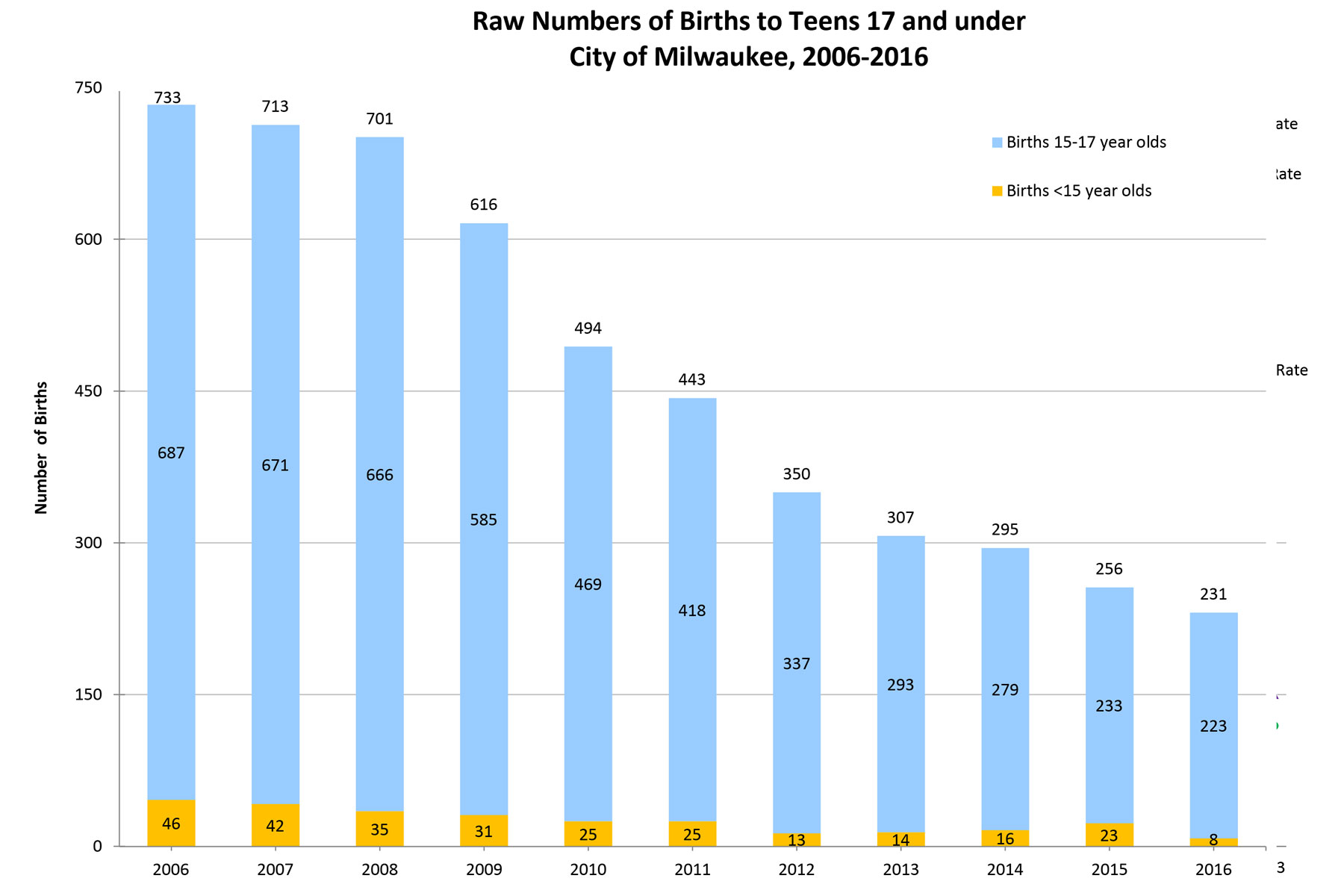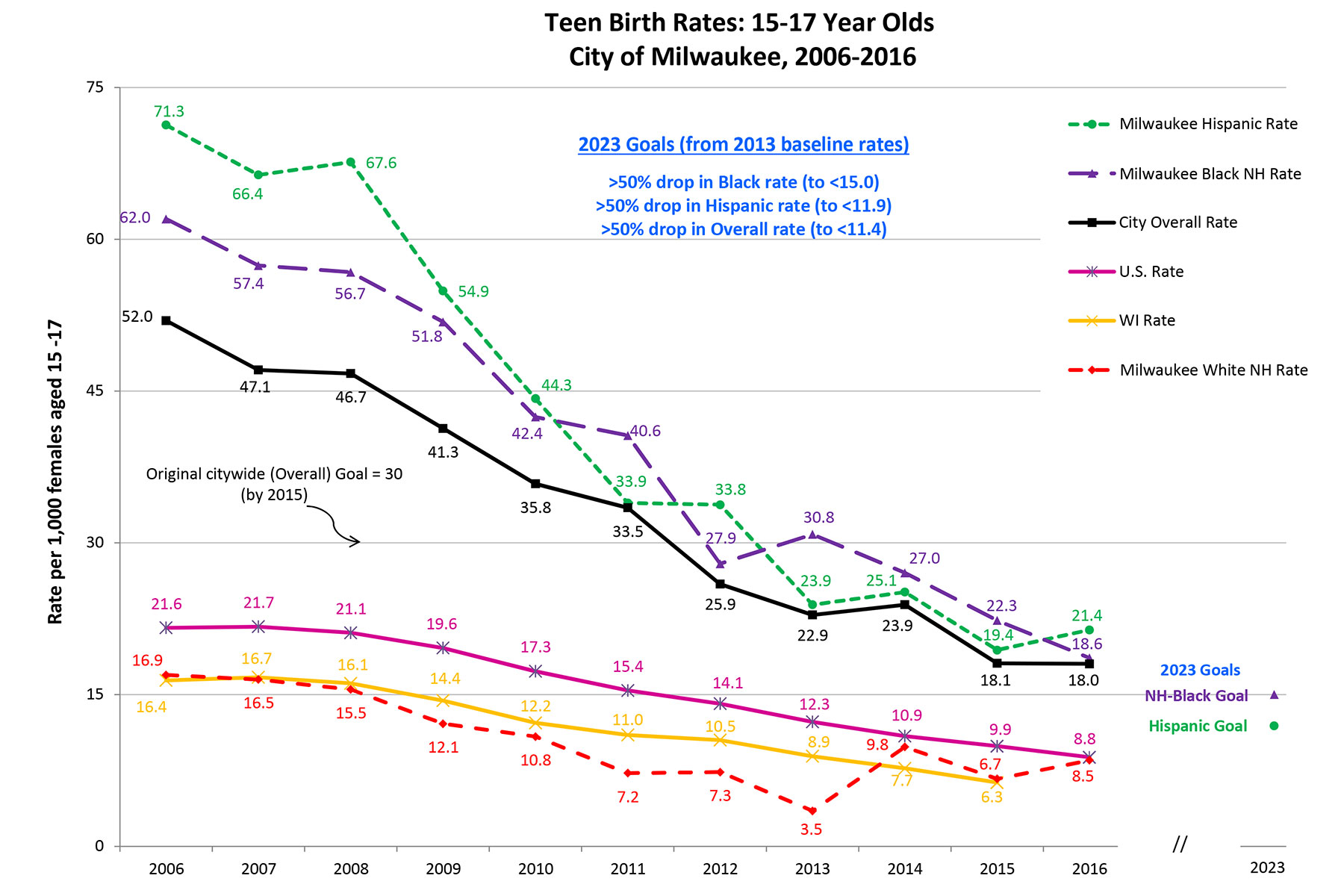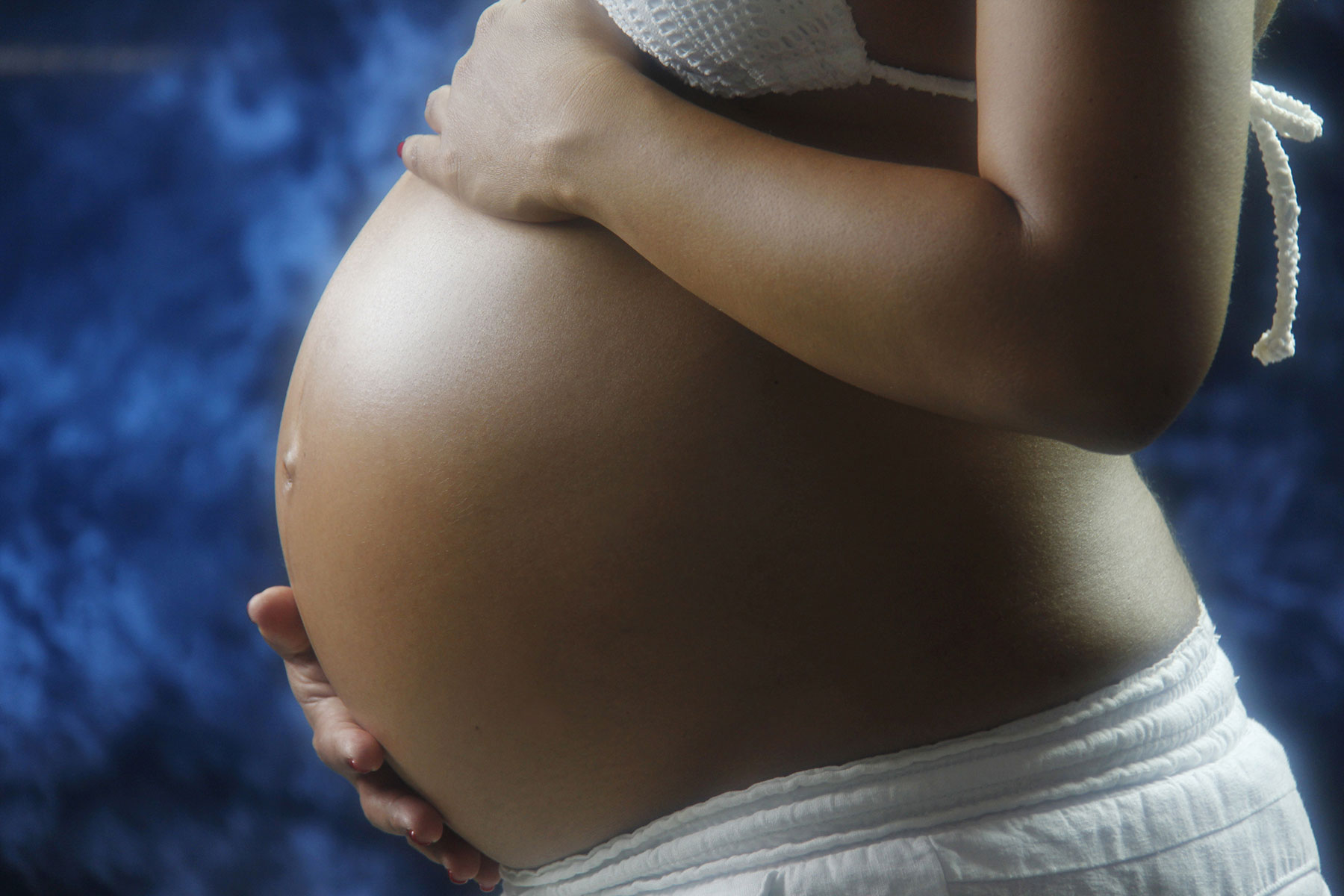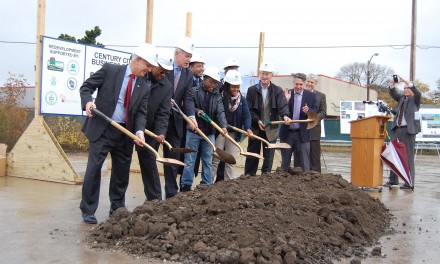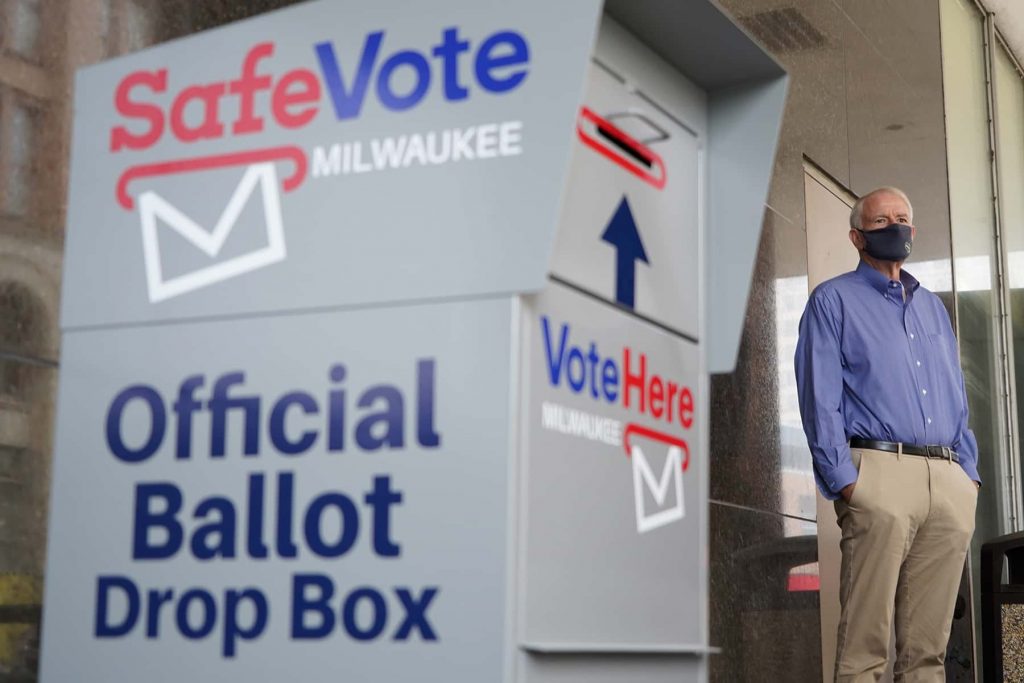
Mayor Tom Barrett and the city’s Teen Pregnancy Prevention Initiative recently released the city’s 2016 teen birth rates, showing progress toward the city’s goal to reduce teen births by another 50 percent by 2023 and calling for continued attention to driving down rates further and to closing gaps between racial and ethnic groups.
According to data from the City of Milwaukee Health Department, the total number of births to teens age 15 to 17 in Milwaukee once again declined. Milwaukee’s overall teen birth rate slightly declined to 18.0 births per 1,000 females ages 15 to 17 from 18.1 per 1,000 females ages 15 to 17 in 2015. While only a slight decline, this rate is now the lowest rate on record for the city. Compared to 2006 baseline data, Milwaukee’s teen birth rate has seen a 65 percent decrease since establishing a community-wide effort around the issue.
In 2016, the African-American rate saw a significant decline, reaching a historic low of 18.6 births per 1,000 females age 15 to 17, while the rate for Hispanic teens increased to 21.4 and the rate for White teens increased to 8.5.
“In 2014, we set a bold new goal to reduce teen births by another 50 percent by 2023,” said Mayor Tom Barrett. “This new data shows we are seeing progress in some areas but calls for every partner to continue to dedicate themselves to supporting further work and addressing our challenges. Our children and families in Milwaukee deserve nothing but our very best work.”
Milwaukee’s citywide goal seeks to reduce the overall teen birth rate by another 50 percent, while also decreasing the non-Hispanic Black and Hispanic rates by 50 percent, lowering the overall rate as well as the rate for each racial and ethnic group to below 15 per 1,000 for 15- to 17-year-old girls by 2023. The goal was set after the Teen Pregnancy Prevention Initiative announced it had surpassed its original goal to reduce births to 15- to 17-year-old girls by 46 percent three years early.
“We are tremendously proud of the community agencies, schools, and, in particular, young people, who continue to drive these numbers down,” said Nicole Angresano, Vice President, Community Impact for United Way of Greater Milwaukee & Waukesha County. “We know, though, that we have more work to do, more youth to reach, and so we must get back to work to ensure that tomorrows teens have the same opportunities to make healthy, safe choices.”
The goal is supported by the continuation of an all-hands-on-deck approach adopted by the Milwaukee community since 2008. The effort is led by United Way of Greater Milwaukee & Waukesha County, which brought together a diverse collaborative of community stakeholders that included local businesses, media outlets, health care providers, schools, and community and faith-based organizations.
“Through this community-wide effort, we are making progress,” said Commissioner of Health Bevan K. Baker, who serves as co-chair of the Teen Pregnancy Prevention Oversight Committee at United Way of Greater Milwaukee & Waukesha County. “We must continue our focus on lowering our overall rate, but we also must not lose sight of closing the gap between racial and ethnic groups. All of our children are essential to our city’s future, and we will not leave anyone behind.”
Along with education efforts and coordinated resource and program interventions, a nationally renowned public awareness strategy has reached both teens and parents with information, resources, and attention-grabbing messages.
“Credit for our steady progress in reducing teen births since 2006 belongs to all of Milwaukee,” said Betsy Brenner, co-chair of the Teen Pregnancy Prevention Oversight Committee at United Way of Greater Milwaukee & Waukesha County. “We want to acknowledge the boys and girls who have chosen safer, healthier lifestyles; their parents who support these choices; the educators who teach teens that they have options; the United Way of Greater Milwaukee & Waukesha County committee members who have been part of this effort from the outset, and the entire community which has embraced and celebrated the progress made.”
City of Milwaukee 2016 Teen Birth Rate (TBR) Data Brief
A: Facts – Teen Births (15-17 year olds)
- Preliminary City of Milwaukee Health Department (MHD) figures (not yet verified by the State) indicate that in 2016 there were 223 births to city of Milwaukee females aged 15-17. This represents the lowest number of births on record for Milwaukee females in this age group. In comparison, there were 233 births to Milwaukee females aged 15-17 in 2015 and 279 births in 2014. Both years were previous lows for the city.
- The State has not yet verified 2016 birth data. Our figures remain preliminary and are subject to future revision, although it is unlikely they will change significantly.
- The Teen Birth Rate (TBR) for 15-17 year olds is defined as the number of births to females aged 15-17 for every 1,000 females aged 15-17 living in the population during the same year.
- The 2016 American Community Survey (ACS) estimates that there were 12,366 females aged 15-17 living in the city of Milwaukee in 2016. This compares to 12,880 in 2015.
- Milwaukee’s TBR in 2016 was 18.0, meaning that there were 18 births to females aged 15-17 for every 1,000 females aged 15-17 living in Milwaukee during the same year. This TBR is the lowest on record for the city of Milwaukee and is nearly the same as our previous low of 18.1 in 2015.
- Milwaukee’s TBRs by race and ethnicity were as follows for 2016: 18.6 births per 1,000 females aged 15-17 for Milwaukee non-Hispanic Blacks, 8.5 for Milwaukee non-Hispanic Whites, and 21.4 for Milwaukee Hispanics.
- Based on MHD’s TBR figures, the TBRs for each of the last 3 years for Milwaukee were as follows: (NH = Non-Hispanic).
B: Interpretation, and comparison to prior years
- Milwaukee’s goals are to reduce the TBRs to less than 11.4 for the city overall, to less than 15 for non-Hispanic Blacks, and to less than 11.9 for Hispanics by 2023. These goals, which were set in the fall of 2013, reflect a 50% decrease in the TBRs for the city overall and for each of the two racial and ethnic groups, as compared to their respective 2013 rates.
- Milwaukee’s overall TBR of 18.0 for 2016 was essentially the same as the 2015 TBR of 18.1, reflecting less than a 1% reduction from the 2015 rate. Although there was very little change between the 2015 and 2016 TBRs, the 2016 TBR is now the lowest on record for the city (2015 TBR was the previous low). When compared to the 2013 baseline rate of 22.9, Milwaukee’s TBR has declined 21.1%. This indicates that we are making progress towards achieving our goal of reducing the city’s overall rate 50% by 2023. Since 2006, when Milwaukee’s TBR was 52 per 1,000 females aged 15-17, the rate has declined 65.3%.
- Milwaukee’s non-Hispanic White TBR, which decreased from 9.8 to 6.7 in 2015, increased to 8.5 in 2016. The 2016 TBR is the fourth lowest on record for this population. The 2013 rate of 3.5 is the lowest on record. The non-Hispanic White rate has declined nearly 50% since 2006 (from 16.9 to 8.5).
- Milwaukee’s Hispanic TBR in 2016 was 21.4. This reflects a 10.3% increase when compared to a rate of 19.4 in 2015. Although this increase occurred, the 2016 rate is the second lowest on record for this population. The Hispanic TBR has fallen 10.4% since the TBR goal was set in 2013 (from 23.9 to 21.4) and 70% since 2006 (from 71.3 to 21.4).
- Milwaukee’s non-Hispanic Black TBR decreased nearly 17% compared to our 2015 report. The non-Hispanic Black TBR for 2016 was 18.6 compared to 22.3 in 2015. The 2016 rate is the lowest on record for this population. The non-Hispanic Black TBR has declined nearly 40% (from 30.8 to 18.6) since the 2013 TBR goal was set, indicating that we are close to meeting our goal of reducing the rate 50% by 2023. Since 2006 the TBR for non-Hispanic Blacks has decreased 70% (from 62.0 to 18.6).
- Although there have been declines over time in TBRs across all racial and ethnic groups, disparities continue to exist. When comparing Milwaukee’s non-Hispanic Black and Hispanic TBRs to the non- Hispanic White TBR, we see that the Black and Hispanic TBRs are 2.2 and 2.5 times (respectively) higher than the White TBR in 2016. This means that Black and Hispanic females aged 15-17 in Milwaukee are 2.2 and 2.5 times (respectively) more likely to give birth than White females aged 15-17. These TBR ratios, however, are the lowest between Blacks and Whites and Hispanics and Whites on record for the city.

